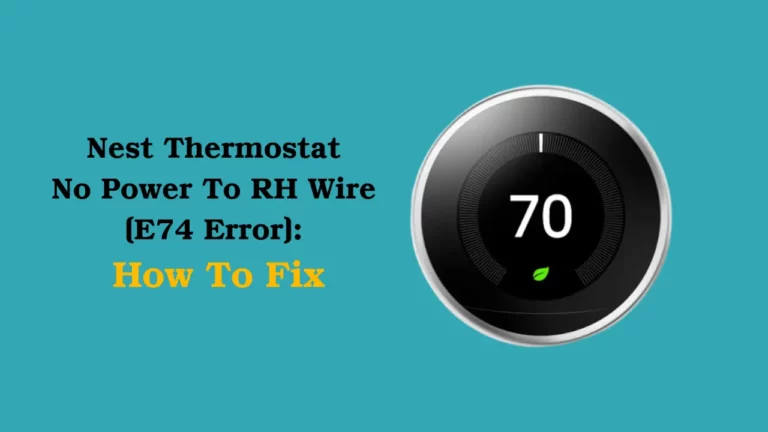If you use a Nest thermostat within your home, you might experience some battery problems. Some of the most common issues include the battery not charging and a consistent low battery.
Fortunately, there are ways of resolving these issues without calling a professional.
How to fix Thermostat not charging or low battery? In case your Nest battery is low, you should try charging the inbuilt battery. You can also troubleshoot the wire connection between the HVAC system and Nest by powering the thermostat by C-type wire adapter.
At times, the thermostat might not function if the battery charge is below its operating capabilities.
For the Nest thermostat Display 3.4, that has nest thermostat battery voltage of 3.8V, recharging the battery ensures that your thermostat can function normally again.
How Does The Nest Thermostat Battery Work?
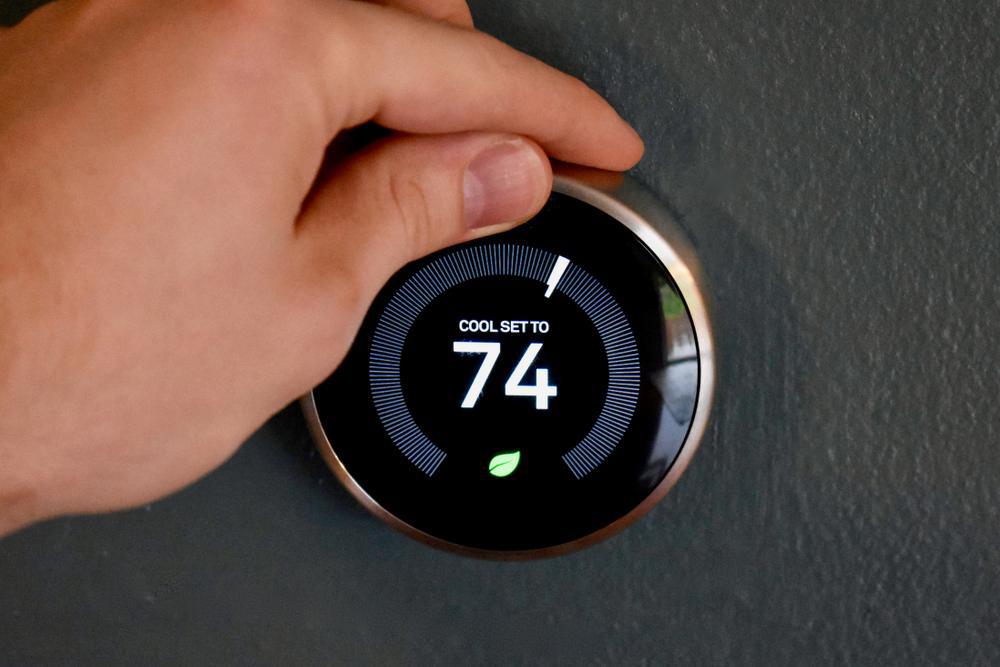
Nest thermostat has a 380 mAH lithium polymer battery. The battery gets charged by drawing power directly from the HVAC system.
When there is no power in the HVAC unit or during power outage the battery keeps the thermostat running.
Wi-Fi activity sensors and backlit displays are other features that Nest Thermostats comes with.
How to Fix the Low Battery Problem in Nest Thermostat?
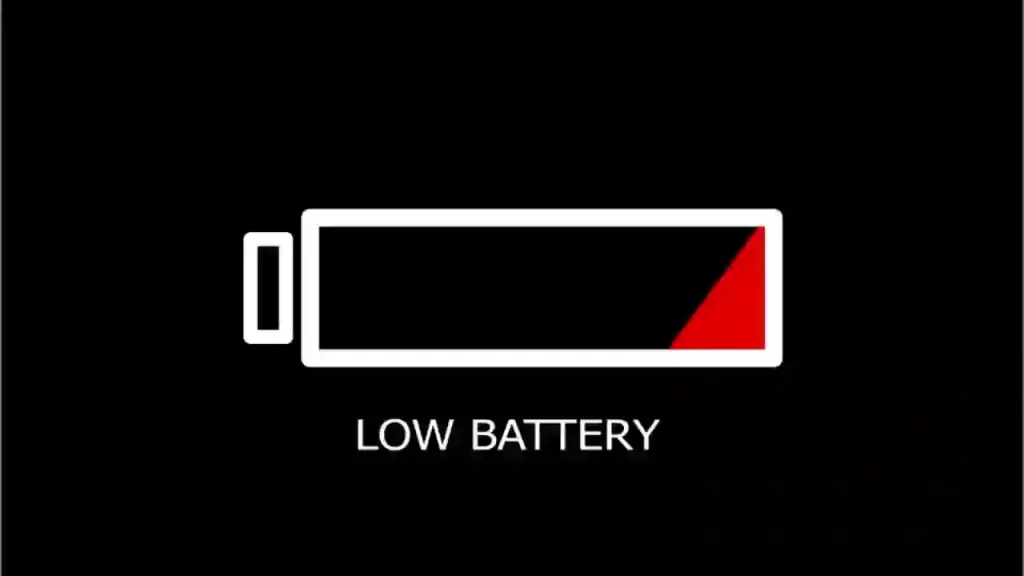
The battery in the thermostat might develop some problems over time. Some of the common issues you will find online might include the Google Nest thermostat battery won’t charge or the Nest thermostat not charging.
Some forums can have meaningful information, while others can be full of fluff.
Charging the battery can help you know where the problem is. Remove the Nest device from the wall and plug it in using a Micro Nest Thermostat USB port. The process can take between upto two hours.
Remember to replace the batteries with high-quality 1.5 V AAA alkaline batteries. (1)
Charging the battery is a temporary fix since it ensures that your Nest thermostat functions normally while you troubleshoot the problems.
According to Nest, you should never have low battery problems because the battery can maintain its charge using the Rc and Rh wiring from your HVAC.
The thermostat only relies on battery power when it’s off, but when your HVAC is on, it switches from battery to HVAC power.
If you stay for long without turning on your HVAC, the system can frequently turn it on and off to boost the battery’s charge.
Use a C Wire Adapter To Power the Nest Thermostat
If you encounter a Nest thermostat battery replacement problem, you should consider options like C-wiring.
Such an option ensures that your thermostat can always have power without any problems.
In case the thermostat has a C-wire installed, it will be easier to connect to it and attain constant power flow.
Other C-wire solutions include:
- Installing a C-wire transformer – It’s a cheap fix for most people since you get to implement a C-wire transformer that you get to plug into your AC outlet. After this, close your thermostat and run this cable up to it. You can use a concealer to cover up the wiring.
- Hardwire a C-wire indirectly or directly– It can be a complex task since it includes running wires from your HVAC to the thermostat. Fast Stat is amongst some products which assist solve the issue by offering a wireless C-wire connection. The product has a sender placed behind a wall and a receiver placed in the furnace. It doesn’t require any batteries, and it works for distances up to 300ft.
- Hijack the G-wire – Using this method necessitates for you to use the G-wire as a C-wire. Your G-wire is the fan control cable and swapping, means that your thermostat always has power. With this option, you get to sacrifice the fan.
Mount to Base
Sometimes, you can encounter battery problems when your Nest thermostat isn’t connected to the base correctly.
Assess the connection to ensure that all connectors are properly lined up for power to flow through.
Replace the Battery
Here, you have two options; you can contact your retailer for a replacement if the Nest unit is still under warranty.
It will be a quick, free fix. If it’s not under warranty, you can acquire the battery and replace it by yourself.
Since the battery isn’t a serviceable part, you might need a little DIY to complete the replacement.
How To Know When the Battery is Low?
Since the thermostat is a smart device, you will see a Battery Low indication on the Nest device.
It indicates that the thermostat is running out of the charge and it might turn off if not charged.
You will also notice nest thermostat red blinking light which is a sign of low battery on the thermostat. The low battery issue can lead to other uncommon problems with the Nest thermostat.
Some of these include:
- The display being non-responsive
- The disruption of Wi-Fi connection to your thermostat
- The thermostat is unable to notify the HVAC to heat or cool your home
Also Read- Nest Thermostat Delayed: Fix
How Long Can a Nest Thermostat Battery Last?
Without direct charge from the HVAC system, the Nest thermostat battery should last between an hour to a few days.
However, the lifespan of the battery will depend on the continuous charge that it attains from the HVAC system.
Provided there is constant power to the thermostat, the nest thermostat battery can last between 2 to 3 years without any problem.
Does Nest Thermostat need charging?
The Nest Thermostat is made in such a way that it uses the wires heating and cooling system to charge the battery.
But if some issues happens or your thermostat starts showing low battery then just pop out the display and connect it to the power source using the USB (micro/mini) cable.
What USB does Nest Thermostat use?
To charge the battery of your Nest Thermostat E and other new gen. models, simply remove it from the wall and plug in a micro USB cable or a wall charger that you use to charge your phone.
What type of battery does the nest thermostat use?
The Lithium polymer battery used in the Nest thermostat is of 3.7 VDC (380 mAh).
How long does Nest thermostat battery last without power?
The 3.7 VDC (380 mAh) Lithium Polymer battery used in Nest Learning Thermostat lasts for 2-3 hours without power. During low battery, your Nest Thermostat doesn’t remains smart.
Conclusion
The Nest Thermostat is an interconnected thermostat that enables you to control the temperature using an app from your phone. Nest stands out by making the user experience enjoyable and simple for anyone to use.
The new Nest interface provides you with some new options for maintaining the warm or cool temperature within your house.
Some of the common temperature settings that you can find include the big numbers used to set the temperature and a basic dial.
You also get a minimum and maximum temperature setting that’s ideal for preparing your home when you are on the way.
The thermostat also has a green leaf sign that allows you to know when you are economical. It’s a simple way of saving you some money.
The software used in the Nest thermostat assists you in learning tech. It helps you understand the different options and ensures that you can remember your inputs and some of the common changes to make.
The thermostat makes use of contextual clues to make some decisions that you might not know of.
Some of these contextual clues include using your ZIP to discern whether the outside temperatures are hot or cold and adjust appropriately to satiate your needs.
In case you are aware of these features, you can schedule the thermostat to adjust automatically and save yourself some time.
When the thermostat acts on your behalf, it adjusts accordingly to ensure that you don’t use too much energy in your house.
Frequently Asked Questions
Why is my Nest Blinking Red Light?
If your Thermostat is blinking red, it simply means that thermostat battery is low but its charging. You should wait until the battery gets fully charged to start controlling your heating and cooling systems. When the battery gets charged enough, you thermostat will start automatcally.
What does the Nest blinking green light?
When there is a blinking green light on nest thermostat display, it means that the software is being updated, the device is starting up or restarting. Generally, the light stops in a few minutes.
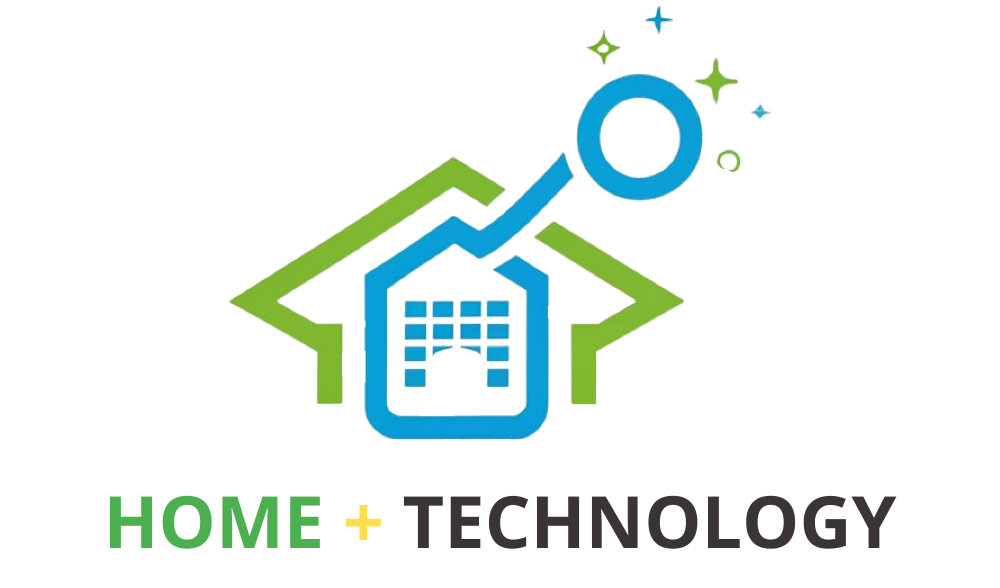
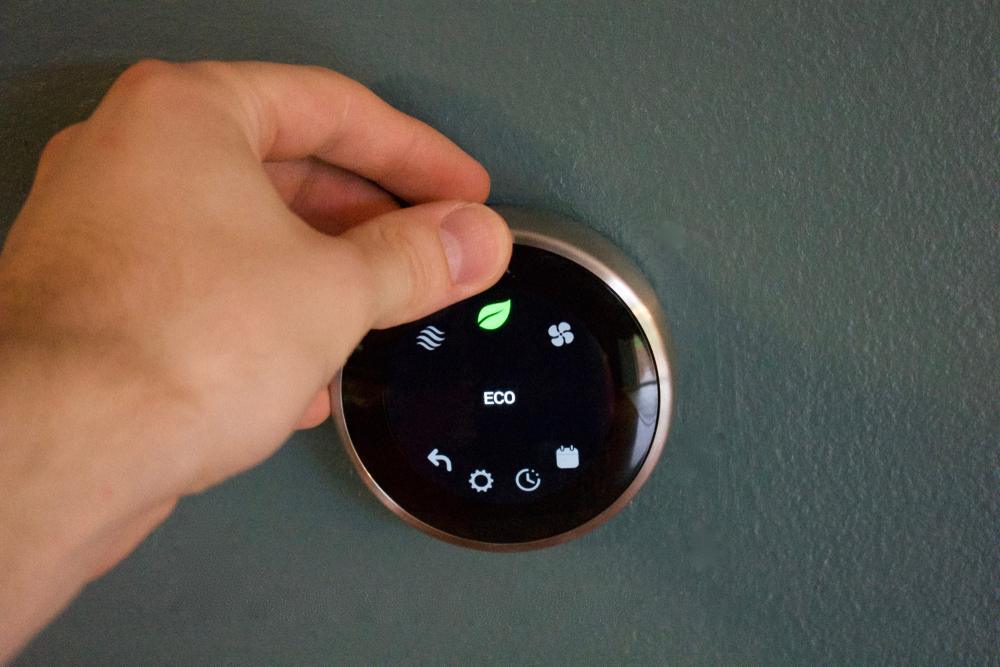
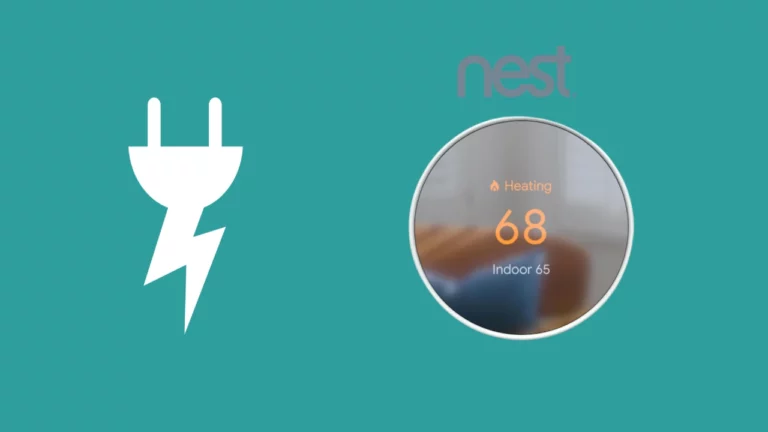
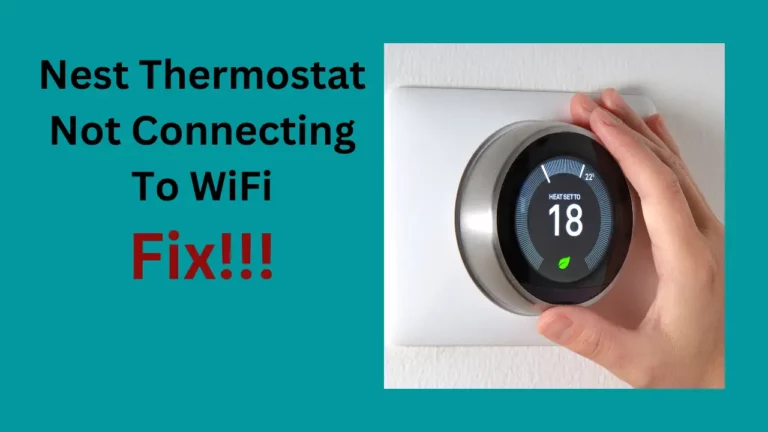
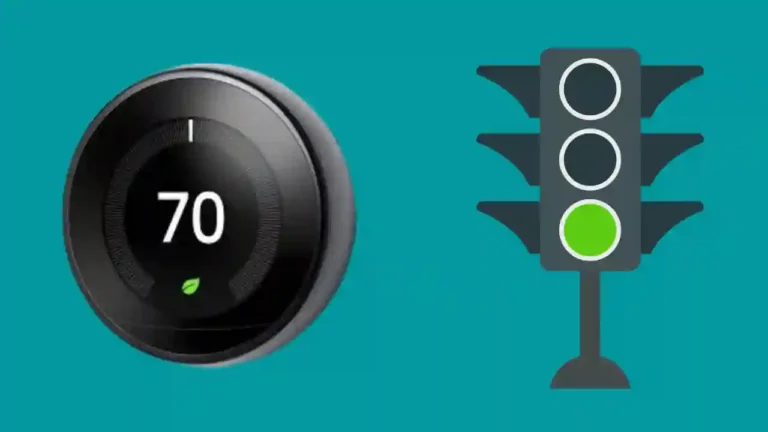
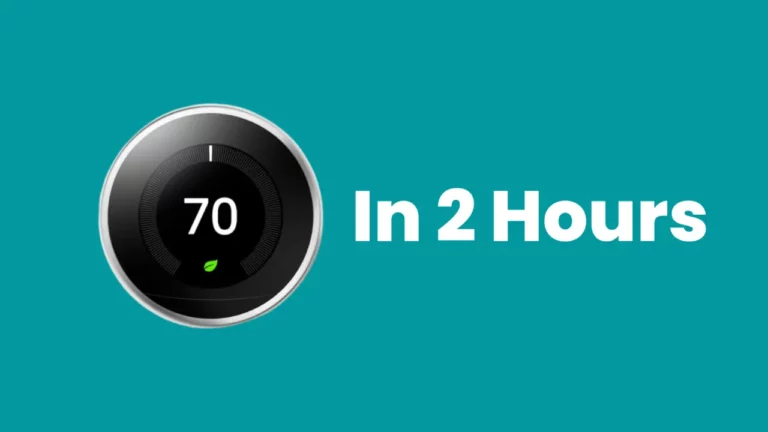
![Nest Thermostat Not Cooling [Solved 100%]](https://howtl.com/wp-content/uploads/2022/07/Nest-Thermostat-not-Cooling-768x432.webp)
